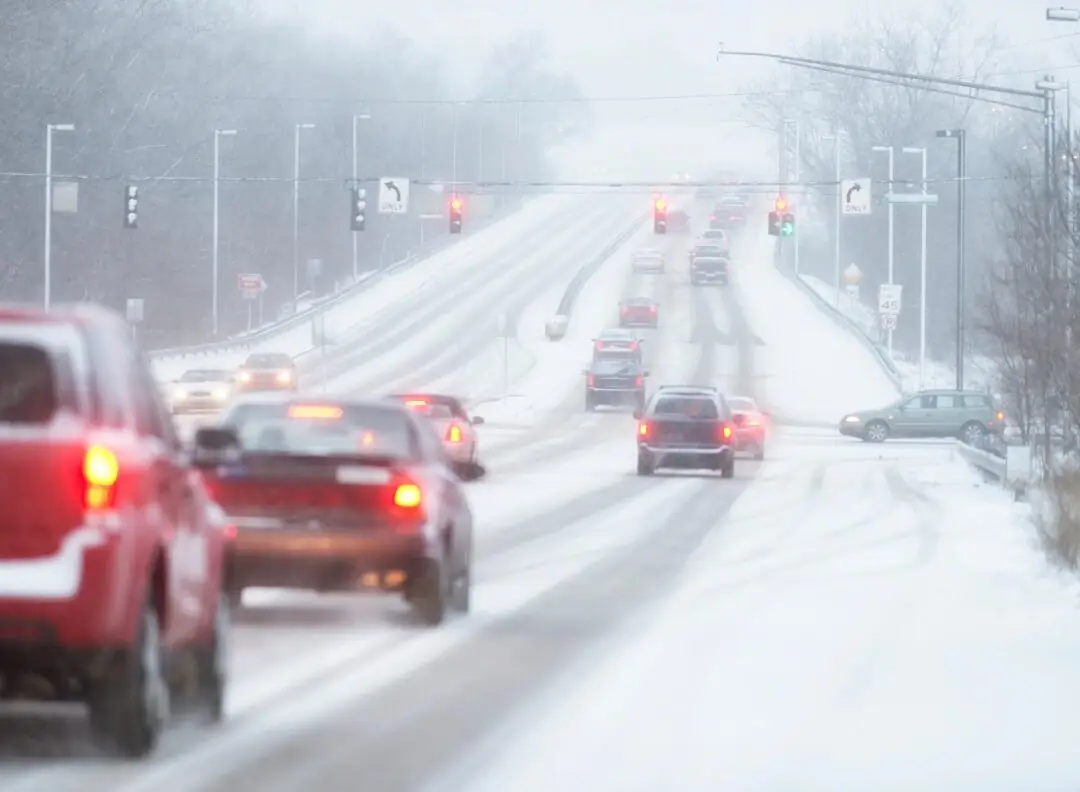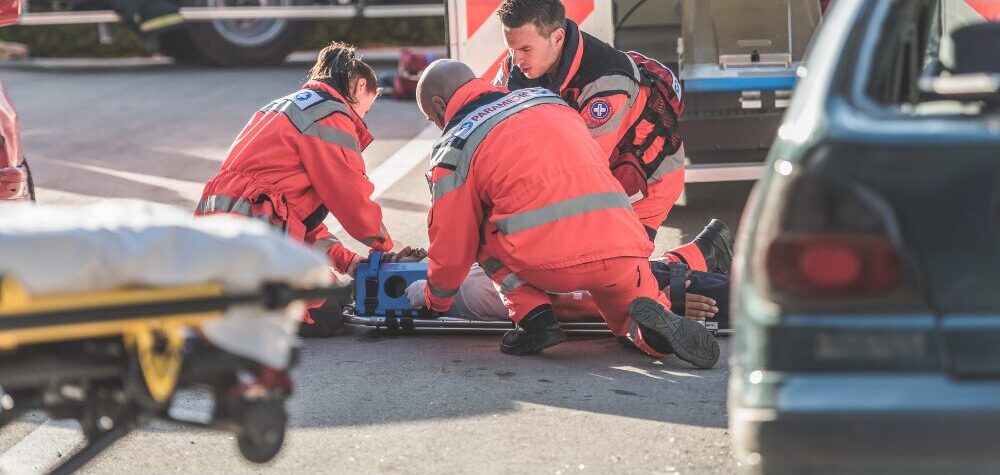
Car accidents are the leading cause of whiplash injuries in the United States. Even at low speeds, the sudden impact of a collision can cause your head and neck to snap forward and backward with tremendous force. This violent motion can strain or tear soft tissues, damage ligaments, and cause long-lasting pain.
Whiplash injuries can disrupt your daily life, impact your ability to work, and lead to costly medical treatment. Knowing how whiplash occurs, what symptoms to look for, and what legal options you have after a car accident can make all the difference in your recovery and your case.
What Is Whiplash?
Whiplash is a type of neck injury that occurs when a sudden, forceful motion causes your cervical spine to move beyond its normal range. This rapid movement often happens during rear-end car accidents, where the body is thrust forward while the head lags behind, resulting in a whip-like motion of the neck.
While whiplash is typically associated with car crashes, any sudden acceleration or deceleration such as in contact sports or amusement park rides can cause it. However, auto accidents remain one of the most common causes of whiplash injuries.
Common Symptoms of Whiplash After a Car Accident
Symptoms of whiplash can appear immediately or may take several hours or even days to develop. After a car crash, it’s crucial to monitor how you feel and seek medical attention as soon as possible.
Common whiplash symptoms include:
- Neck pain and stiffness
- Headaches, particularly at the base of the skull
- Shoulder or upper back pain
- Dizziness or blurred vision
- Fatigue or difficulty concentrating
- Tingling or numbness in the arms
How Car Accidents Cause Whiplash
Most whiplash injuries occur in rear-end collisions, but they can also happen in head-on crashes, side-impact collisions, or multi-vehicle pileups. When a vehicle is struck unexpectedly, the rapid change in motion forces the neck to hyperextend or compress, damaging muscles, tendons, and ligaments.
Other contributing factors that increase the risk of whiplash in a car accident include:
- Being hit from behind while stopped at a light or intersection
- Lack of proper headrest adjustment
- High-speed impacts or chain-reaction crashes
- Smaller vehicle size compared to the striking vehicle
What To Do After a Car Accident
If you have been in a car accident, taking the right steps can protect both your health and your legal rights:
- Check for injuries and that you and your passengers are ok
- Pull over to the side of the road if possible
- Call the police
- Exchange information with the other driver
- Take pictures of the accident scene
- See if there were witnesses on the scene
- Contact a personal injury lawyer as soon as possible
- Rest and recover
To build a strong car accident claim, it’s essential to preserve evidence immediately, including medical records, crash reports, and witness statements. Prompt investigation allows your personal injury attorney to prove negligence and establish the connection between the car accident and your whiplash injuries.
Legal Options for Whiplash Victims
If you suffered whiplash in a car accident caused by someone else’s negligence, you may be entitled to compensation for:
- Medical expenses and future treatment costs
- Lost wages and loss of earning capacity
- Pain and suffering
- Property damage
- Emotional distress
Insurance companies often downplay whiplash as a “minor” injury, but the pain and long-term effects can be severe. An experienced car accident attorney can help ensure you receive the full compensation you deserve.
Contact an Experienced Car Accident Attorney Today
GLP Attorneys has helped thousands of clients with their personal injury accidents for nearly four decades. From highway design and unsafe roadways to car accidents to motorcycle accidents and even wrongful death cases, our experienced personal injury lawyers are here to help you seek justice every step of the way.
If you have been injured, call 800-273-5005 or email our attorneys at to schedule a free lawyer consultation.


